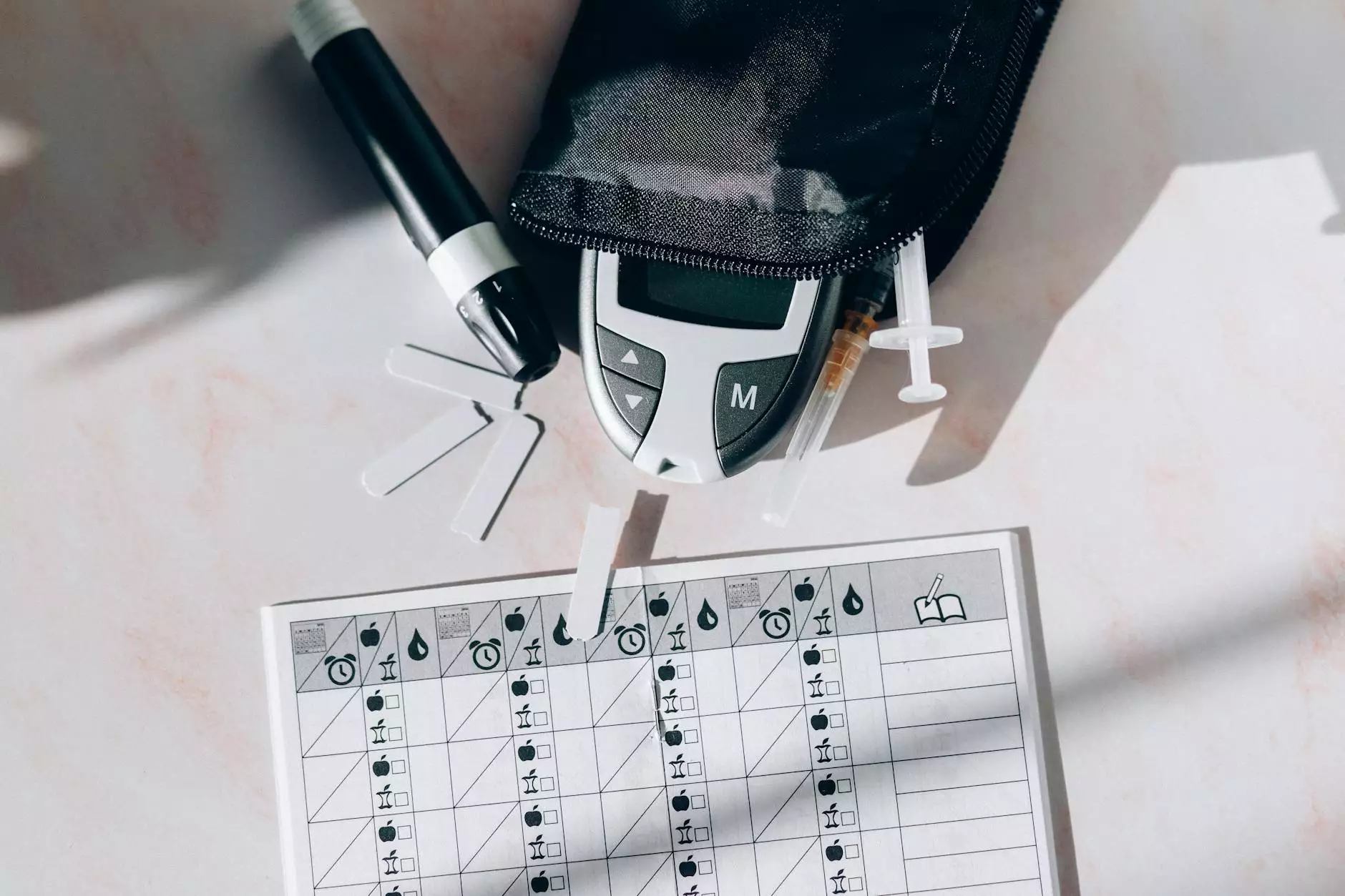The Importance of Treating Venous Insufficiency for Optimal Health

When it comes to vascular health, one condition that often goes unnoticed or ignored is venous insufficiency. This condition occurs when the valves in the veins are not functioning properly, leading to blood pooling and inadequate blood flow from the legs back to the heart. If left untreated, venous insufficiency can cause a range of complications and significantly impact an individual's quality of life. In this article, we will explore in detail what happens if venous insufficiency is not treated and why seeking medical care, especially from top vascular medicine doctors, like those at the Vein Center of Arizona, is essential.
Complications of Untreated Venous Insufficiency
Venous insufficiency may initially manifest as cosmetic issues, such as varicose veins or spider veins. However, ignoring these visible signs can have more serious consequences over time. Let's delve into the potential complications:
1. Chronic Venous Disease
If left untreated, venous insufficiency can progress to chronic venous disease (CVD). This condition involves a range of symptoms, including leg pain, swelling, skin changes, and even open sores known as venous ulcers. Individuals with CVD may experience a reduced quality of life due to mobility limitations and chronic discomfort.
2. Deep Vein Thrombosis (DVT)
In some cases, venous insufficiency can lead to the formation of blood clots within the deep veins, known as deep vein thrombosis (DVT). These clots can be life-threatening if they dislodge and travel to the lungs, causing a pulmonary embolism. Recognizing the connection between venous insufficiency and DVT is crucial in preventing such severe complications.
3. Skin Changes and Ulcers
Venous insufficiency can result in chronic skin changes, such as dryness, discoloration, and thickening of the skin around the ankles and lower legs. Over time, these changes can progress to the development of venous ulcers, which are painful and slow-to-heal wounds. Treating venous insufficiency promptly can halt this progression and reduce the risk of ulceration.
4. Superficial Thrombophlebitis
Superficial thrombophlebitis occurs when a clot forms in a superficial vein close to the skin's surface. While generally not life-threatening, it can cause pain, inflammation, and redness. Venous insufficiency is a common underlying cause of superficial thrombophlebitis, emphasizing the importance of addressing the root cause to prevent recurring symptoms.
The Role of Vascular Medicine Doctors in Treating Venous Insufficiency
Now that we understand the potential complications of untreated venous insufficiency, it is crucial to realize the significance of seeking medical care from vascular medicine specialists. At Vein Center of Arizona, our team of highly skilled and experienced doctors is dedicated to diagnosing and treating venous insufficiency using the latest techniques and technology.
Vascular medicine doctors possess the expertise to accurately diagnose venous insufficiency through a thorough physical examination and diagnostic tests, such as ultrasound imaging. They can identify the underlying causes of the condition and develop personalized treatment plans tailored to each patient's needs.
Treatment options for venous insufficiency may include:
- Compression therapy: Using specialized stockings or bandages to improve blood circulation and alleviate symptoms.
- Sclerotherapy: Injecting a solution into affected veins to close them off and redirect blood flow to healthier veins.
- Endovenous ablation: Utilizing laser or radiofrequency energy to seal off problematic veins, allowing for improved blood flow.
- Phlebectomy: Removing varicose veins through small incisions to relieve symptoms and enhance the appearance of the legs.
- Venous stenting: Inserting a stent to restore blood flow in narrowed or blocked veins.
Our vascular medicine doctors believe in a comprehensive and personalized approach to patient care, ensuring that each individual receives the most effective treatment for their specific condition.
Preventing Venous Insufficiency and Maintaining Vascular Health
While seeking professional medical care is vital in managing venous insufficiency, adopting certain lifestyle habits can also contribute to maintaining optimal vascular health. Here are some preventive measures:
- Maintain a healthy weight: Excess weight puts additional pressure on the veins, increasing the risk of venous insufficiency.
- Regular exercise: Engaging in physical activity, such as walking or swimming, improves circulation and strengthens the leg muscles, aiding in blood flow.
- Elevate legs: Raising the legs above heart level for short periods during the day can alleviate pressure and enhance venous return.
- Avoid prolonged sitting or standing: Take regular breaks to move and stretch, especially during long periods of sitting or standing.
- Wear compression stockings: These specialized stockings provide graduated compression, assisting in proper blood flow and reducing venous insufficiency symptoms.
- Follow a balanced diet: Consuming a diet rich in fiber, vitamins, and minerals supports overall cardiovascular health.
Conclusion
Venous insufficiency is not a condition to be taken lightly, as ignoring its symptoms and leaving it untreated can lead to a range of complications affecting both physical and emotional well-being. Seeking medical care from qualified vascular medicine doctors, like those at Vein Center of Arizona, is essential for an accurate diagnosis and personalized treatment plan to prevent further progression of the condition.
By taking preventive measures and undergoing timely treatment, individuals can significantly improve their vascular health and overall quality of life. Remember, your well-being is our priority.









